Home » Gear Reviews » Ski & Snow » Ski Jackets » Heavily Insulated Ski Jackets » Obermeyer Kenai
Obermeyer Kenai Review
August 20, 2018
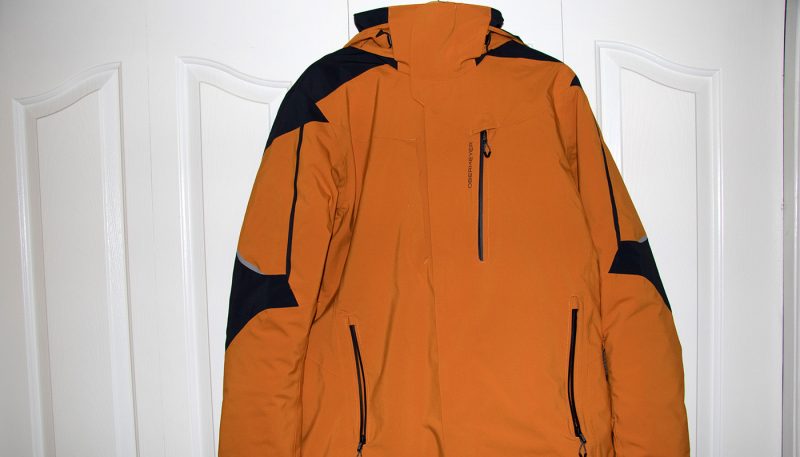




















 80
80 The Good
- Lightweight primaloft insulation
- Breathable mesh back panel
- Wrist cuffs keep warmth in
- Plentiful features
The Bad
- Mesh backed pit zips do not open much
- Low warmth to weight ratio
- Bulky
Materials
The Obermeyer Kenai jacket is a fairly heavy jacket with Primaloft insulation and a Hydroblock Elite 2-way stretch fabric. It’s a great cold weather jacket with 100g Primaloft in the body and 80g in the sleeves. The materials felt a bit bulky and seemed best suited for the weekend warrior or occasional vacation skier who are content getting only lift accessed turns. The overall amount of material in the Kenai jacket seemed to convey a durable yet old school feel due to the lack of lightweight trimmings or fabrics that were present in some of the other pieces in the test. This jacket seems targeted at those who want a durable, everyday resort jacket rather than a lighter or flashier jacket that many manufacturers are coming out with these days.
Features
Obermeyer made sure to pull out all the stops with the features on the Kenai. It has the typical features of a resort jacket with an abundance of pockets that include lined hand warmer pockets, zippered chest pockets, an interior chest pocket for electronics with a headphone port, and large interior mesh pockets. In addition, it has a zippered pass pocket on the sleeve for easy access or RFID passes. In one of those pockets come a complimentary buff and a detachable goggle cloth which are some of the extra features that Obermeyer threw in. The Kenai comes with wrist gaiters and Velcro adjustable cuffs to keep cold air from going up the sleeves though testers found that the wrist gaiters and cuff weren’t as compatible with under the cuff gloves as they would have liked. It comes with a powder skirt that is the only one in the test to be non-removable and a detachable helmet compatible hood. It also includes a Recco reflector which serves as an extra safety device to increase the likelihood of being found in time if caught in a tree well or avalanche. One feature that testers didn’t love was the mesh covered pit zips. They were noticeably smaller in length compared to the other jackets in the test and because they were attached with mesh and covered with an overlapping tab they didn’t allow nearly as much cold air in when opened. Another minor complaint was that the sticky Velcro on the main zipper was hard to keep open and unzip the jacket at the same time.
Weatherproofness
With Hydroblock Elite Obermeyer claims that the Kenai could resist 25,000mm of water before water would penetrate and it is also fully seam sealed so that water wouldn’t leak in through zippers or seams. Testers found that the jacket was indeed quite waterproof and didn’t experience any problems with leakage but overall thought that the weatherproofing wasn’t as strong as other jackets in the test.
Temperature Control
Testers were pleased with how warm and windproof the Obermeyer Kenai was and wouldn’t hesitate to choose this jacket for long and cold days riding the lift. Where the jacket lost some points was its ability to cool down if overheating. Obermeyer claims that for breathability the jacket would allow 25,000 grams of water vapor to pass through in 24 hours which is actually pretty good for a heavily insulated jacket. However, testers found the pit zips to be pretty short and mesh covered so they didn’t open very far which lost some effectiveness as a result.
Fit/Comfort
Testers were overall fairly pleased with the fit of the Obermeyer though nothing too special stood out about it. The active cut was typical of a resort jacket in being long enough to keep from riding up and allowing snow or cold air in and there was enough stretch in the fabric for full range of motion. Testers thought it was a comfortable jacket to wear all day at the resort and especially enjoyed a mesh back panel that was cozy when riding on the chairlift. The extra insulation on the back panel is a nice touch not often seen in jackets from top players in the outdoor industry, in part because of the focus on ultralight application made popular over the past few years.
Value & Style
At first glance, some testers thought that the Kenai jacket was more on par with cheaper winter coats from other companies that are frequently found in department stores rather than dedicated ski shops. However, upon further inspection, the jacket is loaded with features and uses quality materials. With all of that said, the general look and style of the Kenai jacket lack the traditional “hardcore” alpinist jacket styling. Rather, it looks like a jacket specifically designed for the weekend warrior. This, combined with the $399 price tag made some testers wonder what the target market really was for the piece, knowing that those looking to spend that kind of cash on a jacket will typically be hunting for a more technical piece of winter outerwear.
All the ski jackets and pants reviewed are tested by the same five criteria; materials, features, weatherproofness, temperature control and fit/comfort. All the pieces were tested over multiple days in a variety of conditions to see how they perform throughout an entire ski season. Testers do all they can to try out every piece on the same day to compare each one in similar conditions and they get out on lots of days to test the jackets in a range from sunny spring days to stormy wintery days to see how they hold up.
For materials, the specifications provided by the brands is often very important. These specifications tell us what type (if any) and amount of waterproofing or insulation a jacket may have. With a wide variety of third-party insulating and waterproofing materials available, as well as the recent rise of “in house” proprietary materials being used, it is important to know exactly what fabrics and insulations are being added to each piece in an effort to distinguish what makes one piece better than the next. Since testers typically only have only one season to test these pieces, durability is determined in part by any obvious fraying, ripping or other signs of reduced durability.
Since heavily insulated jackets are primarily intended for lift accessed skiing and riding there is an expectation that features will be tailored to provide the ultimate in comfort and convenience when on the mountain. This means that features such as a powder skirt, pockets for gear, a dedicated pass pocket, a helmet compatible hood, and wrist gaiters are all expected and then extra features such as a RECCO reflector or insulated phone pocket are considered a bonus.
The weatherproofness of a jacket first depends on what the intended purpose of the jacket is and then is based on the specifications that the brands supply. Since most heavily insulated jackets will be used at the resort under cold conditions there is an expectation that the jacket be able to shed blowing snow for the stormiest of days yet also fairly breathable. Since these jackets are for very cold weather, waterproofness isn’t as necessary.
The temperature control of a jacket is also based on the specifications that the manufacturer provides. The line between a lightly and heavily insulated jacket isn’t clear cut but generally one would expect to use a heavily insulated jacket primarily when the temperatures drop well below freezing and need to still be comfortable when the day proceeds to get even colder. The jackets are then rated to how well they do in very cold temperatures and more importantly how well the jacket does when the temperatures fluctuate which is a common occurrence for any regular snow sports enthusiast. Breathability plays a big factor here because the breathability of a jacket will affect how warm or cold one feels as heat generated while skiing and then go sit on a long chair lift afterwards. The ability to fully unzip pit zips is a crucial part of temperature control since that is often the largest factor in preventing overheating.
Lastly, the fit and comfort category is fairly subjective but having multiple testers use the product provides for a good range of body shapes and opinions. Factors that are important here are how long or short a jacket is and if it is true to size. For determining comfort, the amount of stretch the jacket has and how soft it is on the inside often plays into the rating.
Adrianne Bouchard is a triathlete, skier, backpacker and lover of all things outdoors based in the Tahoe area.










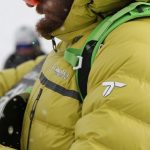
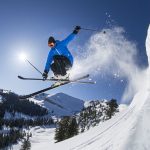
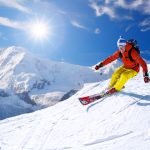

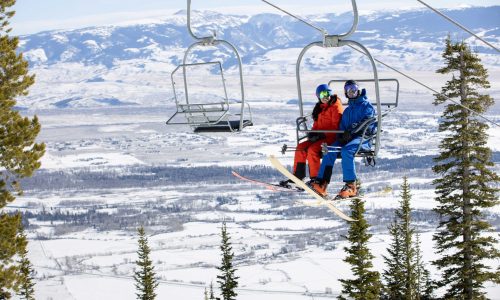
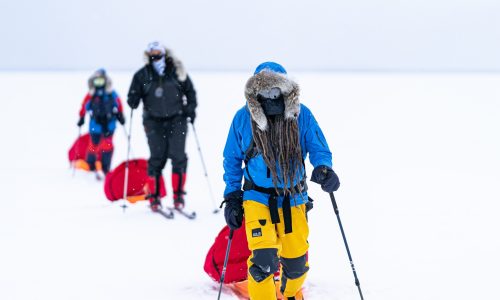
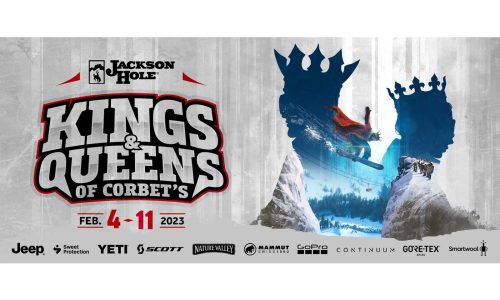
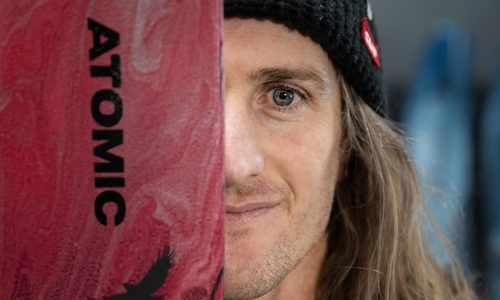


No reviews have been posted for this product.
Use this gear?
Join Gear Nation and leave a review!
Create an Account